Test Automation is the use of software to control the execution of tests, the comparison of actual outcomes to predicted outcomes, the setting up of test preconditions, test design, and other test control and test reporting functions. Commonly, test automation involves automating a manual process already in place that uses a formalized testing process. (Wikipedia)
Working with Model-Based Testing I get many questions on “Test Automation”. To be honest, around a year ago, I could not answer them at all. After a year playing with “test industrialization” my knowledge is better. But still, especially the timeline (“when was a specific type of test tooling introduced”) was a gap in my mind. An overview: “History of Test Automation” would be very practical.
On internet, I couldn’t find the complete Test Automation timeline I needed, so I started creating one…
Inspired by the powerpoint slides: “Generations of Test Automation” by dr Mark Utting, I made a slide show (kind of e-learning component) which gives an overview how the (automating of the) test process did evolve since the 1940's.
I created some nice graphics, added some definitions and expanded the presentation with more detailed slides and background information from TMap®, Wikipedia, James Bach, William E. Lewis, Gunasekaran Veerapillai and Marvin Niven (thanks guys!) and uploaded the slide show/e-learning component for future use…
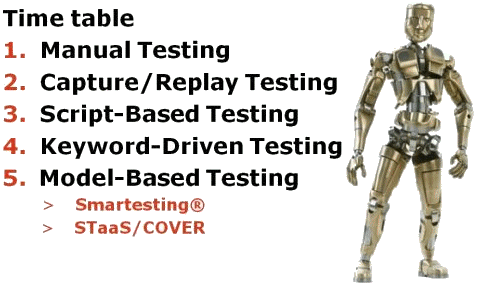
Interested? See “History of Test Automation”
Working with Model-Based Testing I get many questions on “Test Automation”. To be honest, around a year ago, I could not answer them at all. After a year playing with “test industrialization” my knowledge is better. But still, especially the timeline (“when was a specific type of test tooling introduced”) was a gap in my mind. An overview: “History of Test Automation” would be very practical.
On internet, I couldn’t find the complete Test Automation timeline I needed, so I started creating one…
Inspired by the powerpoint slides: “Generations of Test Automation” by dr Mark Utting, I made a slide show (kind of e-learning component) which gives an overview how the (automating of the) test process did evolve since the 1940's.
I created some nice graphics, added some definitions and expanded the presentation with more detailed slides and background information from TMap®, Wikipedia, James Bach, William E. Lewis, Gunasekaran Veerapillai and Marvin Niven (thanks guys!) and uploaded the slide show/e-learning component for future use…

Interested? See “History of Test Automation”




 ( 2.9 / 104 )
( 2.9 / 104 )

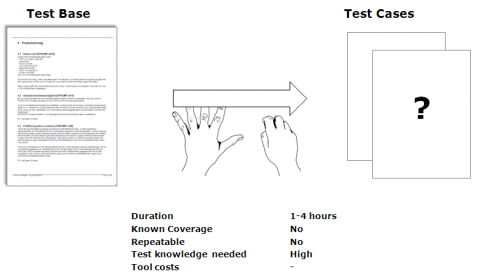
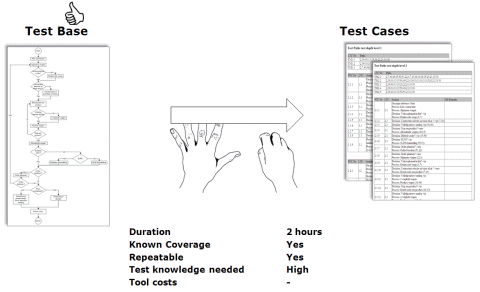
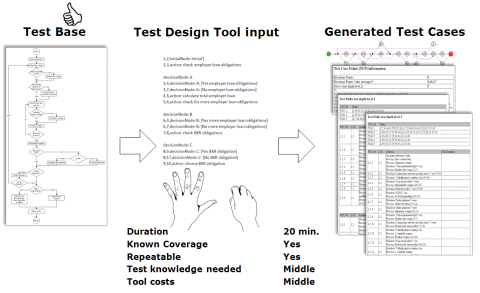
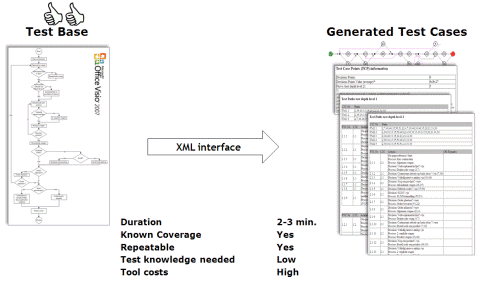

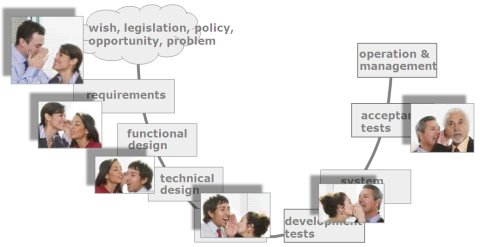

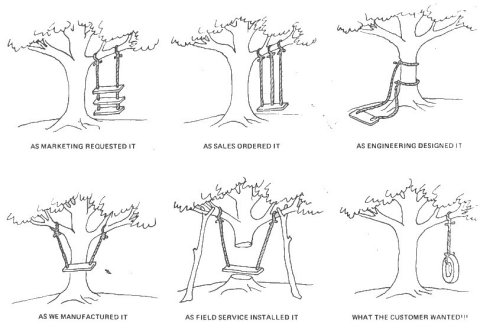
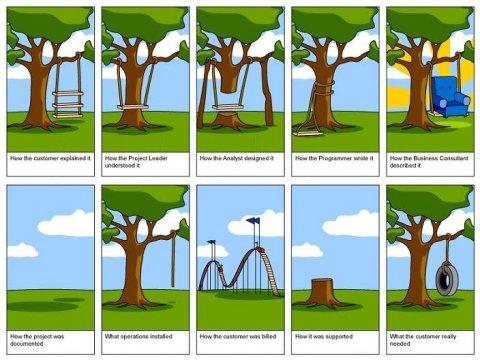
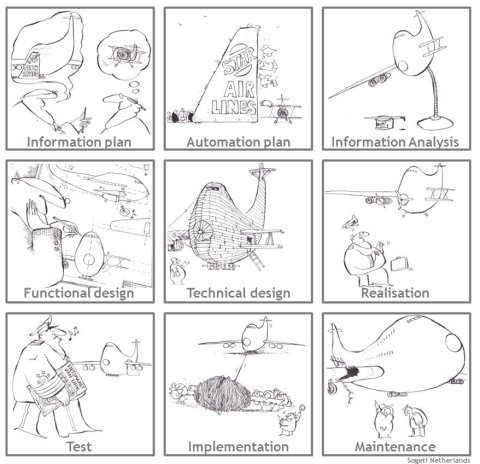


 Calendar
Calendar





